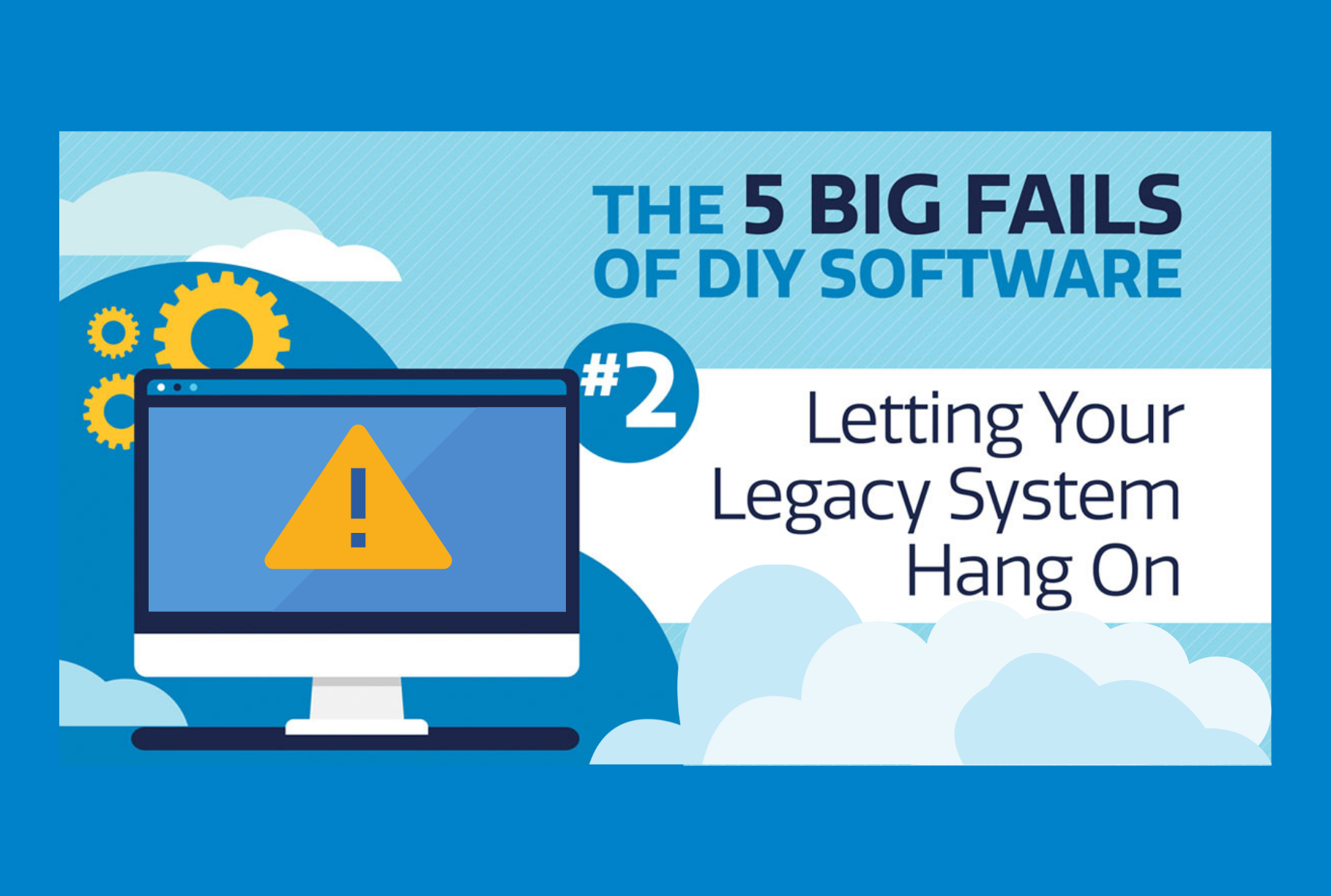At HealthEdge, we frequently hear from health plan executives struggling with homegrown legacy solutions that have become obsolete. Their users have developed a hodge-podge of manual workarounds to accommodate a growing set of deficiencies, right down to Excel spreadsheets and double-entering data into disparate systems. Add to that the complexity of the healthcare ecosystem today and you have a recipe for dysfunction.
Industry consolidation is a growing trend in the payer space today. The steady stream of mergers and acquisitions results in multiple systems, point solutions, and dissonant architectures jamming up the flow of information in many organizations. With legacy systems, outdated technology and latent data and delays, the quality of care suffers, backlogs pile up, and opportunities to support innovation evaporate.
As the Everest Group noted in a blog post, “The healthcare payer industry is plagued with notoriously old infrastructure. While healthcare payers are working to increase data transparency, offer member-centric solutions, and adopt a value-based care model, they’re obstructed by high reliance on dated, disconnected and non-interoperable systems.”
The disjointed systems and manual processes waste time, introduce manual errors into workflows and can eventually destabilize the software program. Staff and customers eventually bear the brunt of this.
Knowing when to put your legacy system out of its misery is a critical multiplier for success. That’s why letting it hang on too long is Big Fail #2.
Portions of this blog post are excerpted from Ashish Kachru’s Forbes article “Why Execs Should Avoid The DIY Software Trap.”






